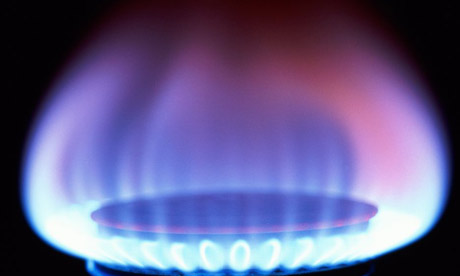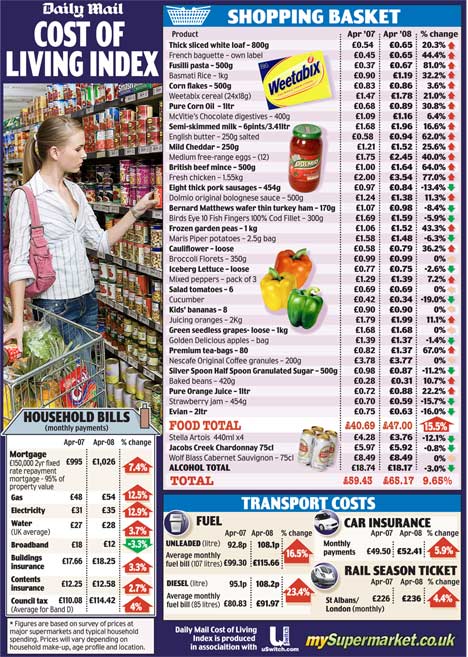Analysis: Environment Minister Hilary Benn again rebuffed calls this week for WW2-style energy rationing to return to the UK. He was responding to a Select Committee report urging ministers to issue 45 million Britons with an energy trading “credit card” – a mammoth techno-bureaucratic exercise costing several billions of pounds a year to operate.
What’s interesting is how the normal parliamentary business was turned upside down.
Usually, it’s ministers who propose batty and unworkable legislation, and fail to cost it, while select committees are supposed to scrutinize the proposals: picking apart the logic and bogus cost estimates. But in this case the select committee in question – the “Environmental Audit Committee” – is positively evangelical about a return to rationing. Perhaps not surprisingly, ministers are wary of committing electoral suicide, or at least, not in quite such an obvious fashion.
Benn said his department DEFRA had made its own enquiry, which unlike the watchdog’s investigation, included costs. A rationing scheme would cost between £700m and £2bn to set up, he said, and between £1bn and £2bn a year to operate he said.
“In essence it is ahead of its time,” the minister said Tuesday. “The cost of implementing it would be quite high and there are a lot of practical problems to be overcome.” Front bench Tories are equally wary.
So what are the MPs proposing?
The ration, or “personal carbon allowance” or PCA, is a measure of an individual’s energy usage, either at home or traveling. Such usage is capped, and “further emissions rights will simply not be available,” the Committee says. You may choose between a holiday, and turning on the heating. Points win prizes, however, and frugal individuals would be rewarded financially from the creation of an internal market.
“We could not find or imagine analogues in other fields of human activity for individual carbon trading beyond rationing during and after World War 2,” the authors of the DEFRA-commissioned report “A Rough Guide to Individual Carbon Trading” wrote in 2006.
Read moreAre you ready for WW2-style energy rationing?



